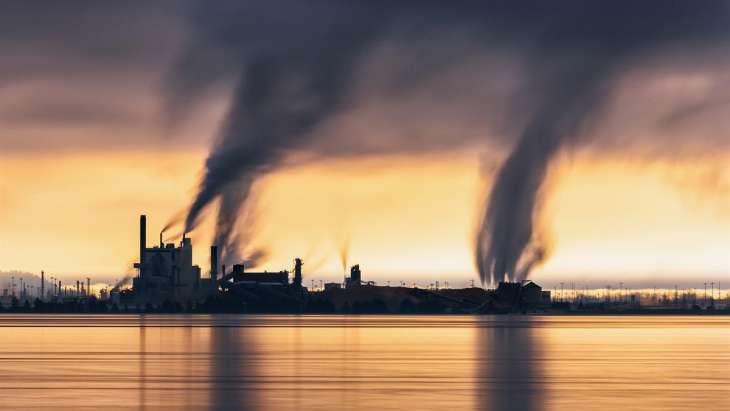Paradip: The port town of Paradip is in the grip of acute pollution with tonnes of toxic waste discharged by 34 large industrial units and other small plants lying in the open, a report said.
The wastes have grown to the size of hills, alarming the residents. The discharged waste includes 34 types of gas and oils used by 15 industrial units.
These plants have been established over 18,420 acre of land. This apart, four mega industrial units and a plastic park are to be set up in the town which will lead to a further increase in pollution.
Environmentalists said the port town is sitting on a powder keg and a slight mistake might result in a catastrophe.
The authorities, it seems, have not learnt a bit from the horrific Bhopal gas tragedy of 1984. The disaster claimed the lives of 2,259 people and seriously affected eight to 10 lakh people. Later, thousands of people died in subsequent phases.
Governments all the world over woke up to the disaster and since then December 2 is being observed as World Pollution Day.
Earlier, similar disasters occurred at nuclear power plants in USA in 1979 and in Ukraine in 1986.
However, since then industrialisation has rapidly taken place in the country and several gas and chemical-based plants have been set up in the state.
The Centre and state pollution control boards had declared the town critically polluted, September 19, 2018. The authorities have formed a district-level committee on the direction of the National Green Tribunal and conducted its meeting September 19 this year.
The 15 mega industrial units are using 34 types of gas and oil which they are importing from other countries. As a result, these plants have a huge stockpile of gas and oils for their future use which is more than their actual need.
Two mega fertilizer plants are using toxic chemicals and gas like ammonia, sulphuric acid, phosphoric acid, potash and nitrates for manufacturing fertilizer.
The two fertilizer plants have built eight tanks for storing ammonia. The companies have built four-layered electric-based cooling systems in their tanks to store ammonia gas at a temperature of -33 degree Celsius. However, at times the gas gets discharged in open during production.
Release of ammonia gas in open due to lack of power supply during the super cyclone of 1999 is a case in point. The sudden release of the toxic gas unnerved the people who fled from the town.
Environmentalist Prabhas Chandra Swain said if any explosion takes place accidentally in the ammonia tank then it might lead to a disaster within 40 km radius of the town.
Sangram Keshari Mohapatra, Collector-cum-chairman of district pollution committee, tried to allay the fears stating that the preventive measures taken by the industrial units and the pollution level in the area are being reviewed from time to time.
